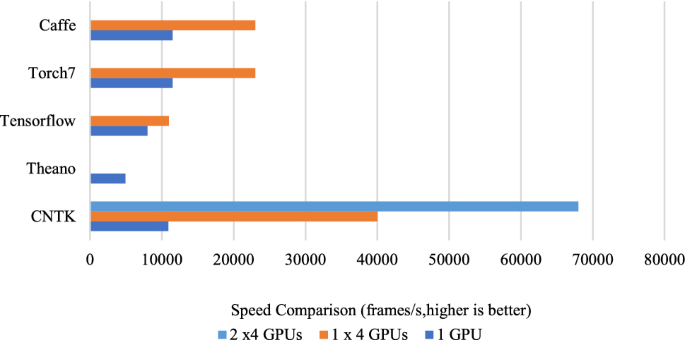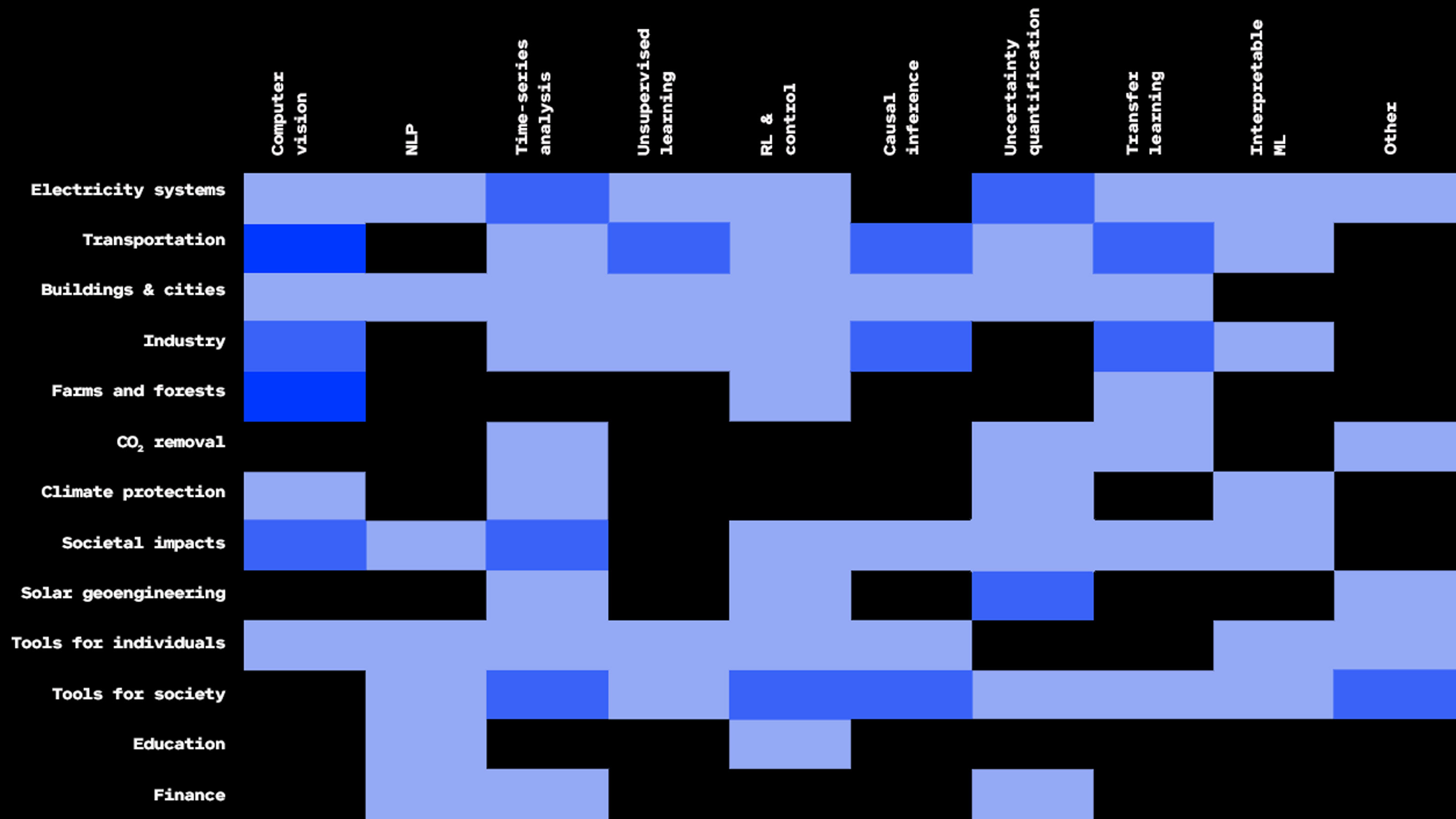
Anki Robot Vector, an AI companion with voice activation, is the Anki Robot Vector. It has four microphones and a 120-degree wide HD camera. It can be petted and played with, as well as other fun activities. You can also connect it to the internet via Wi-Fi. This makes sure that your device is always secure and up-to-date. This device is also connected to a cloud service, meaning that updates can be downloaded automatically.
Anki robot vector is an AI companion with voice activation
The Anki robot Vector is a voice-activated AI companion with a gizmo-like design. His screen acts as his screen and microphones as ears. It retrieves knowledge from a cloud stored knowledge graph. You can also watch it from a perch, so you can see what's going on around him. And you can easily charge it. The robot works with many smart devices including Amazon Echo and Alexa.
The Vector is an expressive robotic assistant. It can interact with smartphones via voice commands and a companion app. The app pairs the robot to your router and allows for you to take photos using its camera. Although most tasks require spoken commands, Vector can recognize faces and identify objects. It also responds when asked about the weather.

It comes with a 120-degree ultra-wide HD cam
Anki's Vector robot has a 120° ultra-wide camera with four microphones that can be used for hearing and vision. It also includes a six-axis inertial measure unit and WiFi connectivity. It is fully autonomous and can be connected to the internet at all times. The Vector is capable of answering questions about weather, sports, nutrition, astronomy, and flights. It is also able to recognize multiple faces, and it can answer math equations.
Vector is always on and has a 4-microphone array. The 120-degree ultrawide HD camera allows it to focus on a sound source, recognize faces, and identify objects. Edge-detection sensors can detect if it has been dropped on tables or other surfaces. The high-resolution IPS display makes it easy to use even when it's in a different room.
It has a capacitive touch sensor
Anki robot Vector features a capacitive touchscreen sensor in its body. It allows the user to interact and control it. It can also play games with its Cube accessory. The device was designed to be quiet and not cause disturbances in the home. The robot's voice sounds a bit robotic, but not as harsh as Siri. You should note, however, that the device will require some setup time, particularly if it is to dock with its docking stations. Additionally, you will need extra space to allow the Vector to be connected to its docking station.
The Vector has the exact same size as its counterpart, the Cozmo. It won't roam around your home but it will be able to remember where it is and responds to commands like "Take a photo", "Set timer," or "Play Blackjack." The Vector SDK utilizes Python to allow developers write scripts to program the robot. Although the Vector is more expensive than other home robots, it is still a great investment for parents and children alike.

It can be petted
Anki robot Vector may be petted, and it will respond when you speak. The robot feels like a pet because it has an autonomous sense of self. Vector does not require human interaction to complete its tasks and can do so on its own. Vector is unable to speak but can be touched by praise, petting, or greetings. When its energy runs low, it will put itself in charge at a charging station.
The Vector is small and light, weighing in at 6.15 ounces. It measures just a little over four inches, 2.5 inches across, and 2.7 inch high. This makes it easy for you to place on a counter, or even in your hands. The device should not be considered a replacement of a human. You can program the device to respond to different types signals. It is flexible and adaptable.
FAQ
What are the benefits to AI?
Artificial intelligence is a technology that has the potential to revolutionize how we live our daily lives. Artificial Intelligence is already changing the way that healthcare and finance are run. It's also predicted to have profound impact on education and government services by 2020.
AI is already being used for solving problems in healthcare, transport, energy and security. The possibilities of AI are limitless as new applications become available.
It is what makes it special. Well, for starters, it learns. Unlike humans, computers learn without needing any training. Instead of learning, computers simply look at the world and then use those skills to solve problems.
AI's ability to learn quickly sets it apart from traditional software. Computers can scan millions of pages per second. They can translate languages instantly and recognize faces.
It can also complete tasks faster than humans because it doesn't require human intervention. It can even perform better than us in some situations.
A chatbot named Eugene Goostman was created by researchers in 2017. Numerous people were fooled by the bot into believing that it was Vladimir Putin.
This shows that AI can be extremely convincing. Another benefit is AI's ability adapt. It can also be trained to perform tasks quickly and efficiently.
This means that companies do not have to spend a lot of money on IT infrastructure or employ large numbers of people.
Which countries lead the AI market and why?
China has more than $2B in annual revenue for Artificial Intelligence in 2018, and is leading the market. China's AI industry is led by Baidu, Alibaba Group Holding Ltd., Tencent Holdings Ltd., Huawei Technologies Co. Ltd., and Xiaomi Technology Inc.
China's government is investing heavily in AI research and development. The Chinese government has set up several research centers dedicated to improving AI capabilities. These include the National Laboratory of Pattern Recognition, the State Key Lab of Virtual Reality Technology and Systems, and the State Key Laboratory of Software Development Environment.
China is home to many of the biggest companies around the globe, such as Baidu, Tencent, Tencent, Baidu, and Xiaomi. All these companies are active in developing their own AI strategies.
India is another country which is making great progress in the area of AI development and related technologies. India's government is currently focusing their efforts on creating an AI ecosystem.
How does AI work?
An artificial neural network is made up of many simple processors called neurons. Each neuron processes inputs from others neurons using mathematical operations.
The layers of neurons are called layers. Each layer performs a different function. The first layer gets raw data such as images, sounds, etc. It then sends these data to the next layers, which process them further. Finally, the output is produced by the final layer.
Each neuron has an associated weighting value. When new input arrives, this value is multiplied by the input and added to the weighted sum of all previous values. If the result is greater than zero, then the neuron fires. It sends a signal along the line to the next neurons telling them what they should do.
This process repeats until the end of the network, where the final results are produced.
How does AI impact the workplace?
It will change the way we work. It will allow us to automate repetitive tasks and allow employees to concentrate on higher-value activities.
It will help improve customer service as well as assist businesses in delivering better products.
It will allow us future trends to be predicted and offer opportunities.
It will allow organizations to gain a competitive advantage over their competitors.
Companies that fail to adopt AI will fall behind.
What are some examples AI applications?
AI is used in many areas, including finance, healthcare, manufacturing, transportation, energy, education, government, law enforcement, and defense. These are just a few of the many examples.
-
Finance – AI is already helping banks detect fraud. AI can detect suspicious activity in millions of transactions each day by scanning them.
-
Healthcare – AI is used in healthcare to detect cancerous cells and recommend treatment options.
-
Manufacturing - AI can be used in factories to increase efficiency and lower costs.
-
Transportation - Self-driving cars have been tested successfully in California. They are currently being tested all over the world.
-
Utilities are using AI to monitor power consumption patterns.
-
Education - AI has been used for educational purposes. Students can, for example, interact with robots using their smartphones.
-
Government – AI is being used in government to help track terrorists, criminals and missing persons.
-
Law Enforcement - AI is being used as part of police investigations. Databases containing thousands hours of CCTV footage are available for detectives to search.
-
Defense - AI can be used offensively or defensively. Offensively, AI systems can be used to hack into enemy computers. For defense purposes, AI systems can be used for cyber security to protect military bases.
Statistics
- According to the company's website, more than 800 financial firms use AlphaSense, including some Fortune 500 corporations. (builtin.com)
- More than 70 percent of users claim they book trips on their phones, review travel tips, and research local landmarks and restaurants. (builtin.com)
- Additionally, keeping in mind the current crisis, the AI is designed in a manner where it reduces the carbon footprint by 20-40%. (analyticsinsight.net)
- That's as many of us that have been in that AI space would say, it's about 70 or 80 percent of the work. (finra.org)
- In the first half of 2017, the company discovered and banned 300,000 terrorist-linked accounts, 95 percent of which were found by non-human, artificially intelligent machines. (builtin.com)
External Links
How To
How to set up Amazon Echo Dot
Amazon Echo Dot, a small device, connects to your Wi Fi network. It allows you to use voice commands for smart home devices such as lights, fans, thermostats, and more. To begin listening to music, news or sports scores, say "Alexa". You can make calls, ask questions, send emails, add calendar events and play games. Bluetooth headphones and Bluetooth speakers (sold separately) can be used to connect the device, so music can be heard throughout the house.
An HDMI cable or wireless adapter can be used to connect your Alexa-enabled TV to your Alexa device. For multiple TVs, you can purchase one wireless adapter for your Echo Dot. You can pair multiple Echos simultaneously, so they work together even when they aren't physically next to each other.
Follow these steps to set up your Echo Dot
-
Turn off your Echo Dot.
-
Use the built-in Ethernet port to connect your Echo Dot with your Wi-Fi router. Make sure to turn off the power switch.
-
Open the Alexa app for your tablet or phone.
-
Choose Echo Dot from the available devices.
-
Select Add New.
-
Choose Echo Dot, from the dropdown menu.
-
Follow the instructions.
-
When prompted enter the name of the Echo Dot you want.
-
Tap Allow Access.
-
Wait until your Echo Dot is successfully connected to Wi-Fi.
-
Do this again for all Echo Dots.
-
You can enjoy hands-free convenience